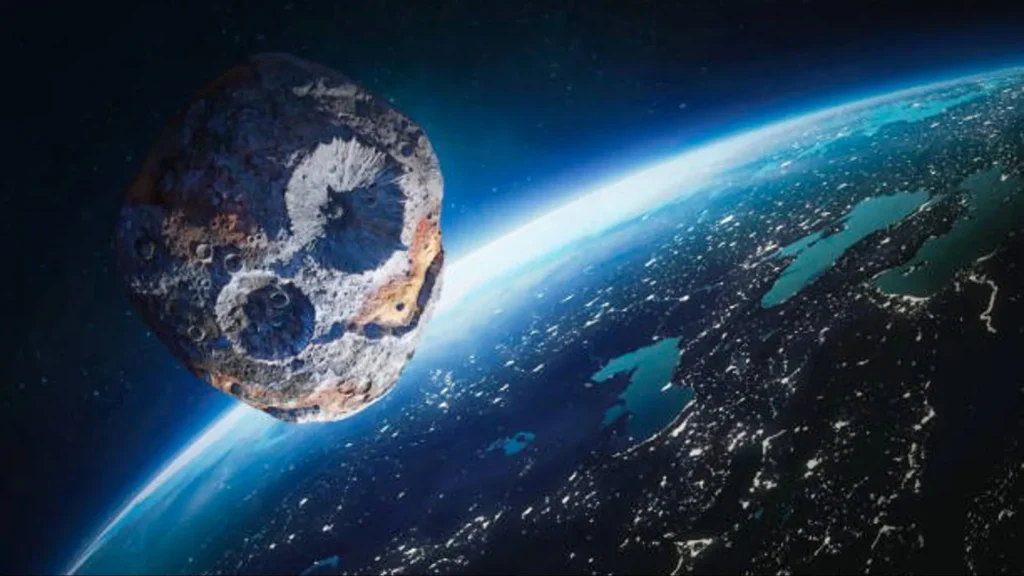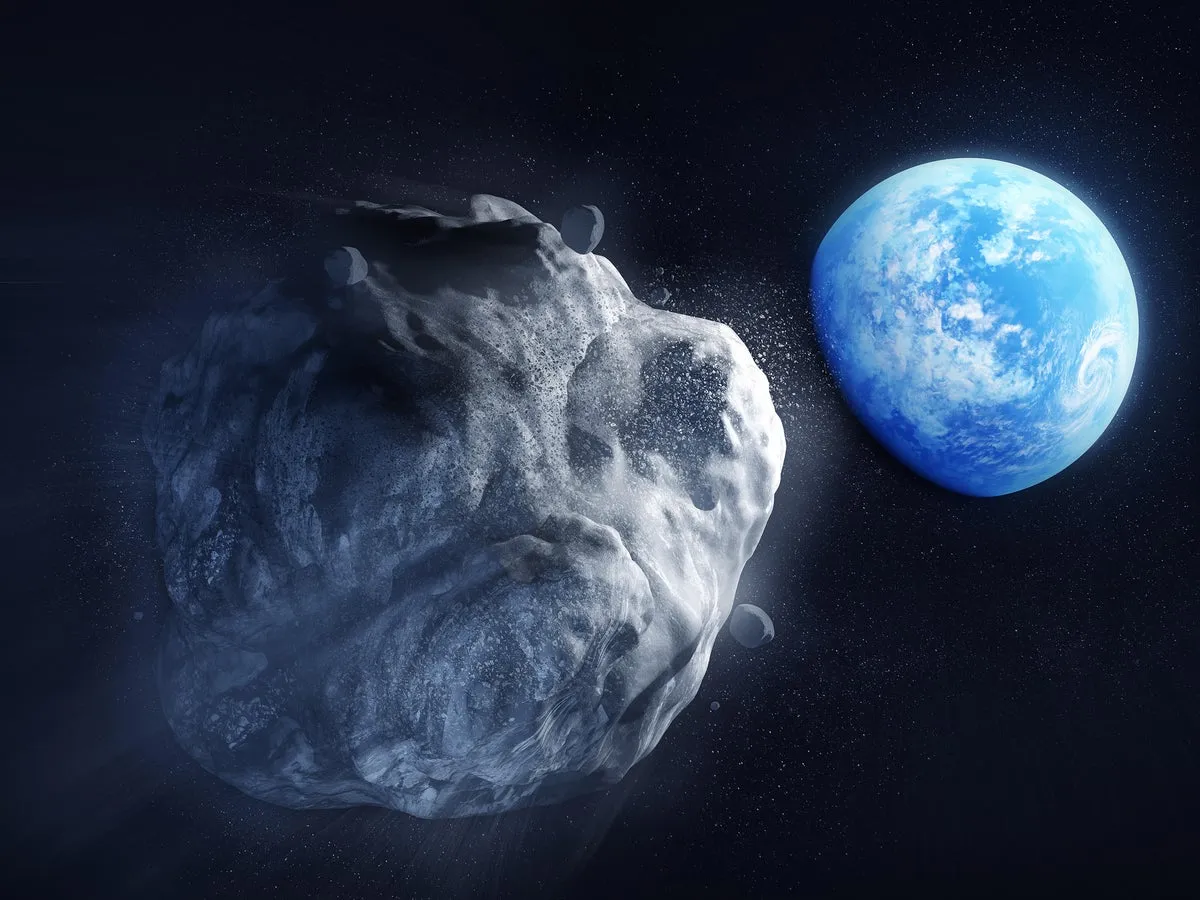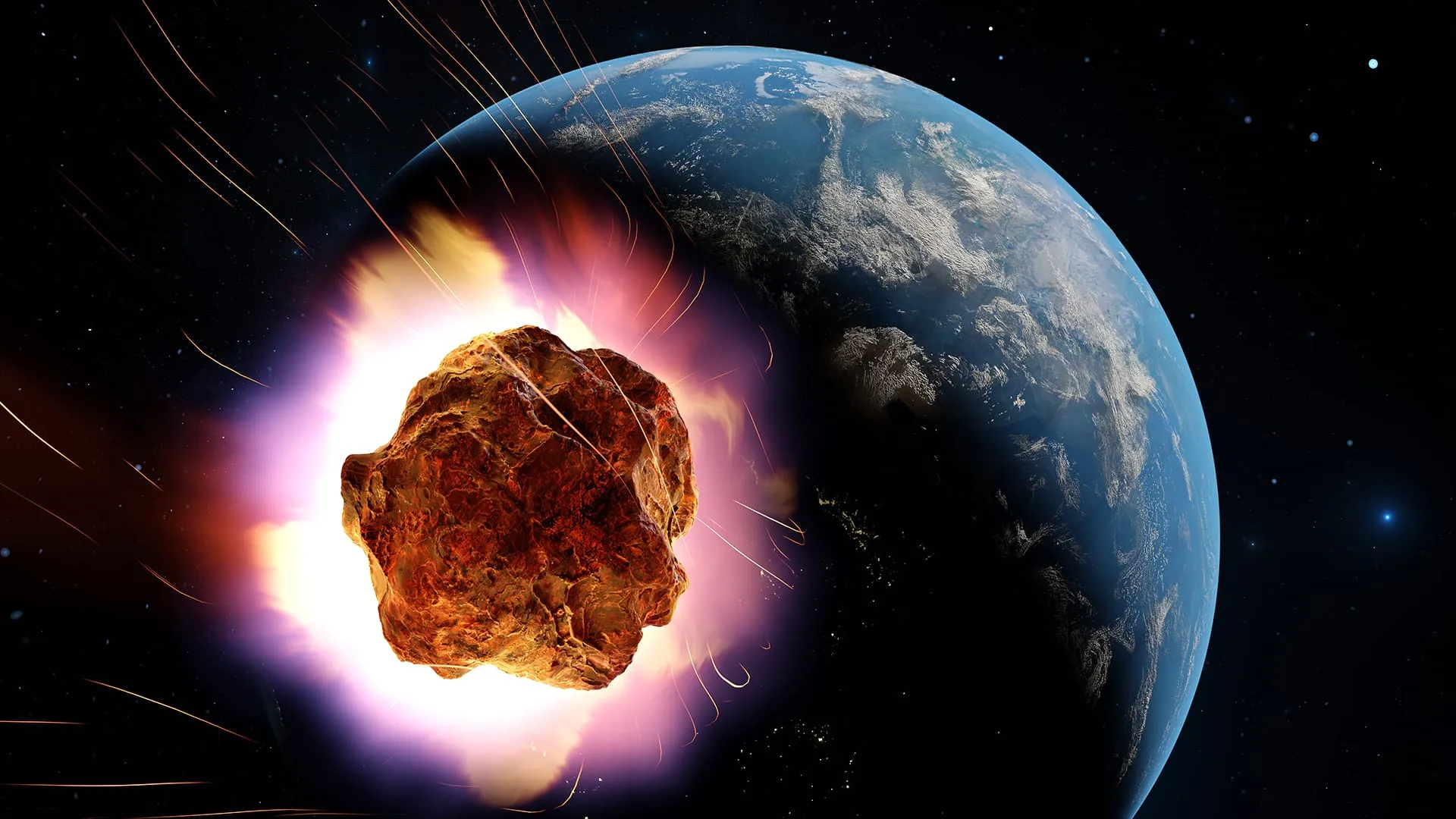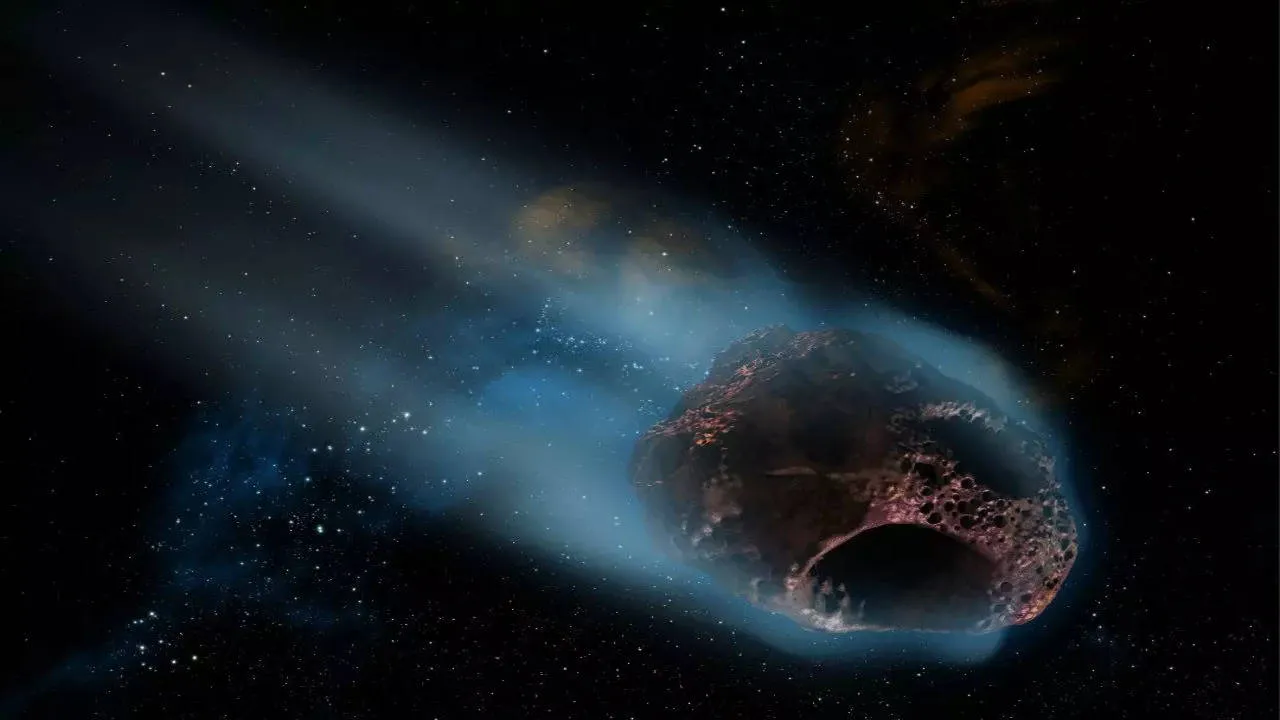
In the vast expanse of our solar system, a newly discovered celestial object named Asteroid 2024 YR4 has sparked both curiosity and a hint of concern among astronomers and space enthusiasts alike. First detected by the ATLAS telescope at the University of Hawaii, this space rock is now the subject of intense scrutiny due to its potential to come alarmingly close to Earth in 2032.
Asteroid 2024 YR4, which measures between 130 and 330 feet in diameter, possesses a unique orbit that brings it into close proximity with Earth. Kelly Fast, a planetary defense officer at NASA, described its trajectory as “interesting,” noting that its elongated path loops around the sun and extends between the orbits of Mars and Jupiter. “In the past, even though it’s passed through the inner solar system before, it didn’t always pass by where the Earth happened to be, where it could be picked up easily,” Fast explained.

Assessing the Threat: How Likely Is an Impact?
Despite the potential for a close encounter, the likelihood of Asteroid 2024 YR4 striking Earth is low, currently estimated at a mere 1.3%. This estimation is based on ongoing observations and calculations, aimed at refining our understanding of its path. According to NASA’s Center for Near Earth Object Studies, the critical date to watch is December 22, 2032.
Kelly Fast reassured the public, stating, “The worldwide community is continuing to take observations. It can’t all happen in a day because the asteroid has to keep moving in the sky.” The data gathered from these observations will help confirm the trajectory of 2024 YR4, hopefully ruling out an Earth impact.

The Bigger Picture: Monitoring Near-Earth Objects
NASA’s Jet Propulsion Laboratory (JPL) operates the Asteroid Watch program, which keeps a close eye on asteroids and comets that make relatively close approaches to Earth. This vigilance is part of a broader mandate by Congress to locate all space objects larger than 450 feet in length, which could cause significant regional damage should they strike the planet.
Interestingly, this week alone, JPL has identified several smaller asteroids that will pass near Earth. For instance, Asteroid 2025 BR2, about the size of an airplane at 67 feet long, and 2015 DJ155, roughly 170 feet, will pass millions of miles from our planet—distances that, while vast on a human scale, are relatively close in space terms.
Lessons from History: The Tunguska Event
The importance of tracking such objects can be underscored by historical events like the Tunguska explosion in 1908, where a similar-sized asteroid flattened an extensive area of the Siberian forest. This event serves as a stark reminder of the potential devastation that even a relatively small asteroid can cause.

As 2024 YR4 makes its journey through space, it offers us a unique opportunity to study a near-Earth object up close. While the chances of an impact are low, the ongoing research and monitoring emphasize the dynamic nature of our universe and the continual need for vigilance in tracking celestial objects. For now, astronomers will keep their telescopes trained on the skies, watching as 2024 YR4 approaches, ready to gather as much data as possible before it recedes once again into the depths of space.
